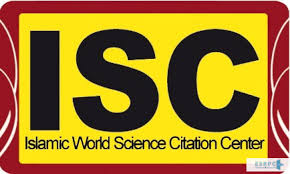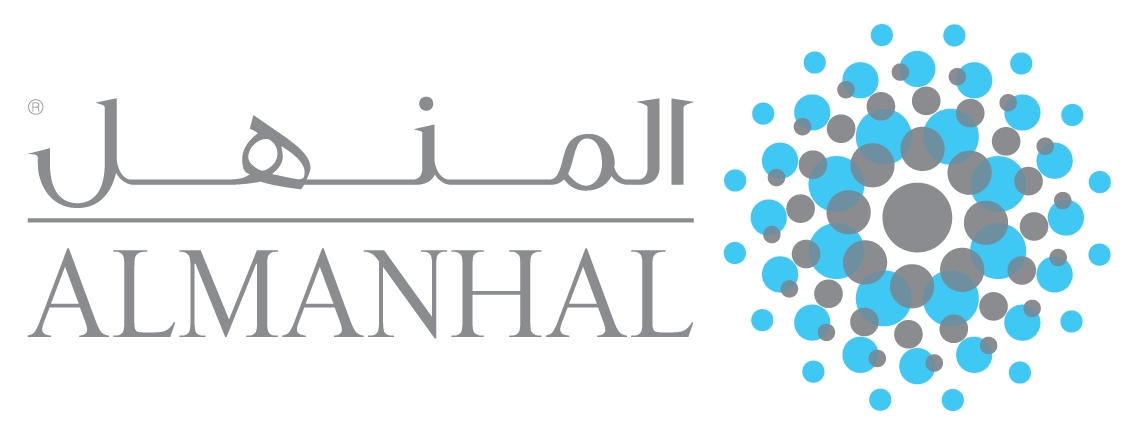Determinants of Bank Choice in Afghanistan
DOI:
https://doi.org/10.31436/jif.v9i1.390Abstract
Afghanistan is a country with a 99% Muslim population. It was believed that subsequently after the emergence of Islamic banking in the country, the conventional banks would weaken and gradually disappear from the society. But today, the situation is not as expected, even in the presence of Islamic banking, a larger part of the market is still captured by conventional banks. For whys and wherefores, this study deals with a comprehensive descriptive discussion in determining the factors influencing the choice between Islamic and conventional banking. The study also aims to assess the level of awareness of people regarding Islamic banking products. Moreover, the study considers determining the future willingness of conventional banking customers to switch to Islamic banking. Besides, the study also includes a part to understand the reasons for the slow growth of Islamic banking in Afghanistan. The outcome of this study can help Islamic banks to assess their weaknesses and take new steps for improving their products. As a result, the researcher recommends that Islamic banks and windows operating in Afghanistan should focus on developing new marketing strategies, arrange certain seminars to create Islamic banking awareness among people. Furthermore, they should focus on introducing new Shariah-based products as per the market needs and should not only rely on their Islamic image. Moreover, Islamic banks should consider all those factors discussed in this study which influence customer’s choice in today’s highly competitive banking industry.
Downloads
References
Abdullah, R. F. S., & Rahman, A. R. A. (2007). Factors Influencing Knowledge of Islamic Banking Services: The Case of Malaysian Bank Managers. Review of Islamic Economics, 11(2), 31.
Ahmad, N., & Haron, S. (2002). Perceptions of Malaysian Corporate Customers Towards Islamic Banking Products and Services. International Journal of Islamic Financial Services, 3(4), 13-29.
Arno Maierbrugger. (2018, May 01). Gulf Times. Retrieved June 15, 2017, from Gulf Times: https://m.gulf-times.com/story/591147/Islamic-finance-in-Afghanistan-a-big-step-towards-development
Dana El Baltaji. (2011, January 04). Bloomberg. Retrieved June 20, 2018, from https://www.bloomberg.com/news/articles/2011-01-03/afghan-banks-seek-to-lure-3-billion-of-idle-funds
Dusuki, A. W., & Abdullah, N. I. (2007). Why Do Malaysian Customers Patronise Islamic Banks? International Journal of Bank Marketing, 25(3), 142-160.
Erol, C., & El-Bdour, R. (1989). Attitudes, Behaviour, and Patronage Factors of Bank Customers Towards Islamic Banks. International Journal of Bank Marketing, 7(6), 31-37.
Freedman, D., Pissani, R., & Purves, R. (2002). STATISTICS (4th ed.).
Gerrard, P., & Cunningham, J. B. (1997). Islamic Banking: A Study in Singapore. International Journal of Bank Marketing, 15(6), 204-216.
Hamdard, D. A. K. (2011). Practical Aspects of Islamic Banking in Afghanistan. http://www.outlookafghanistan.net/topics.php?post_id=326.
Hamid, A., & Nordin, N. (2001). A Study on Islamic Banking Education and Strategy for the New Millennium-Malaysian Experience. International Journal of Islamic Financial Services, 2(4), 3-11.
Haron, S., Ahmad, N., & Planisek, S. L. (1994). Bank Patronage Factors of Muslim and Non-Muslim Customers. International Journal of Bank Marketing, 12(1), 32-40.
Hegazy, I. A. (1995). An Empirical Comparative Study Between Islamic and Commercial Banks' Selection Criteria in Egypt. International Journal of Commerce and Management, 5(3), 46-61.
Henry, C. M., & Wilson, R. (2004). The Politics of Islamic finance: Edinburgh University Press.
Leeds, B. (1992). Mystery Shopping'offers Clues to Quality Service. Bank Marketing, 24(11), 24-27.
Maiyaki, A. A. (2010). Factors Determining Bank’s Selection and Preference in Nigerian Retail Banking. International Journal of Business and Management, 6(1), 253.
Metawa, S. A., & Almossawi, M. (1998). Banking Behavior of Islamic Bank Customers: Perspectives and Implications. International Journal of Bank Marketing, 16(7), 299-313.
Naser, K., Al Salem, A., & Nuseibeh, R. (2013). Customers Awareness and Satisfaction of Islamic Banking Products and Services: Evidence from the Kuwait Finance House. International Journal of Marketing Studies, 5(6), 185.
Naser, K., Jamal, A., & Al-Khatib, K. (1999). Islamic Banking: A Study of Customer Satisfaction and Preferences in Jordan. International Journal of Bank Marketing, 17(3), 135-151.
Naveed, A. K. (2010). Customer Satisfaction and Awareness of Islamic Banking System in Pakistan. African Journal of Business Management, 4(5), 662-671.
Ndubisi, N. O., & Wah, C. K. (2005). Factorial and Discriminant Analyses of the Underpinnings of Relationship Marketing and Customer Satisfaction. International Journal of Bank Marketing, 23(7), 542-557.
OkumuÅŸ, H. Åž. (2005). Interest-Free Banking in Turkey: A Study of Customer Satisfaction and Bank Selection Criteria. Journal of Economic Cooperation, 26(4), 51-86.
Othman, A., & Owen, L. (2001). Adopting and Measuring Customer Service Quality in Islamic Banks: A Case Study in Kuwait Finance House. International Journal of Islamic Financial Services, 3(1), 20-26.
Rammal, H. G., & Zurbruegg, R. (2007). Awareness of Islamic Banking Products Among Muslims: The Case of Australia. Journal of Financial Services Marketing, 12(1), 65-74.
Rashid, M., Hassan, M. K., & Ahmad, A. U. F. (2009). Quality Perception of the Customers towards Domestic Islamic Banks in Bangladesh. Journal of Islamic Economics, Banking and Finance, 5(1), 109-131.
Rubin, D.B. (2001). Using Propensity Scores to Help Design Observational Studies: Application to the Tobacco Litigation. Health Services & Outcomes Research Methodology, 2, 169-188.
Shanka, M. (2012). Bank Service Quality, Customer Satisfaction and Loyalty in Ethiopian Banking Sector. Journal of Business Administration and Management Sciences Research, 1(1), 1-9.
USAID, AFS - Afghanistan Capital Markets Assessment. (2010, January). SCRIBD. Retrieved June 17, 2018, from SCRIBD: https://www.scribd.com/document/272823014/AFS-Afghanistan-Capital-Markets-Assessment
Website, B. (2015). Bank Profile. from http://www.bma.com.af/about/profile.aspx












